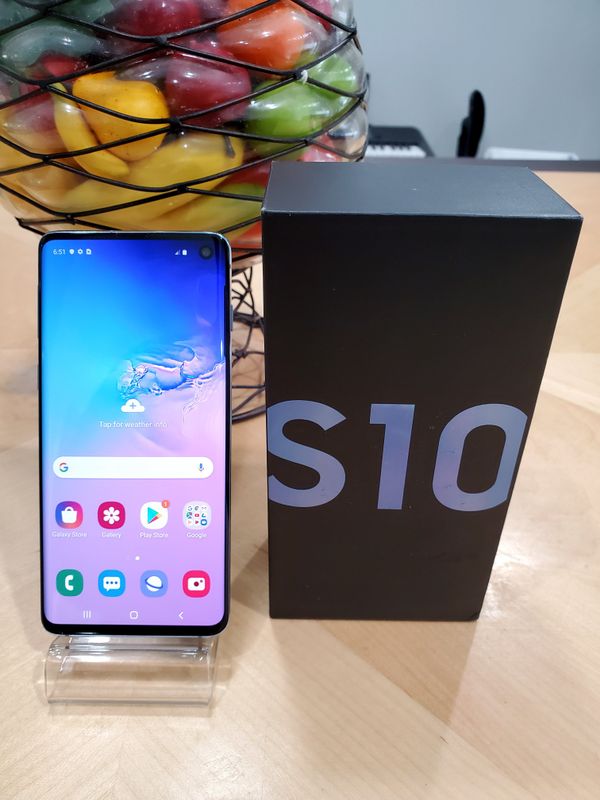
Device AdministratorsĪ handful of third-party apps can be granted device administrator privileges upon request to gain slightly elevated permissions that can be useful for apps like ad blockers, for example. Inside "Permission manager," you'll be able to view a list of all the data that third-party apps can access, with "Camera," "Location," and "Microphone" being the most important ones to keep track of.

If you breezed through the initial setup, there's a fair chance that you may have granted the app permission to access sensitive information it can otherwise do without.įortunately, you can always revisit these options via Settings –> Privacy –> Permission manager, and revoke any wayward permissions you may have granted an app. When you first open an app, you're often prompted to let it access important functions like your S10's microphones and cameras. Keep in mind that disabling Google Location History will also turn off Google Location Sharing. To disable location history, open Settings, then navigate to either "Privacy" or "Location," and select "Google Location History." From there, tap on the toggle in center of the screen, and hit "Pause" twice on the confirmation page to wrap things up. As the name implies, this feature constantly monitors your movements, which you can then view anytime by accessing this this link and signing in using the Google account linked to your phone. The setup process on your S10 can be a little tedious, and if you rushed through it, you might've given your device permission to log your location history. Jump to a section: Location | Alerts | App Access | Anti-Theft | Google 1. You probably have some of the more obvious security measures addressed already, but it's still a great idea to look over all the settings we've highlighted below just to be on the safe side. Law enforcement also can't be ignored, as they have the power to subpoena your device arbitrarily.įortunately, your Galaxy S10 comes with options developed specifically with your security and privacy in mind. Threats can range from hackers that are out to steal your personal data to nosy individuals who want to dig up dirt that can be used against you. This personal data, however, makes your phone a prime target for thieves of all sorts to turn your privacy into illicit profit. The former needs the latter to deliver a personalized experience that matches our individual needs.
PRIVATE CONTACT S10E ANDROID
Note: These settings will only be saved for your Plume network and your Android device will continue to protect your privacy by using a random WiFi MAC address when connecting to other networks.Whether we like it or not, our personal information and smartphones are tied together at the hip. Any previously customized device or person-level features, such as Online protection, Content access controls, Internet Freeze, and People at Home that were assigned to the original WiFi MAC address will be applied to the device again. Your device should quickly disconnect and once it is connected back to your Plume network, it will be using the original WiFi MAC address.


PRIVATE CONTACT S10E HOW TO
How to turn off random MAC addresses in Samsung Galaxy devices running Android Tap the gear icon associated with your Plume network.Tap Network & Internet/Connections and then WiFi.Ensure the device is connected to your Plume network.How to turn off random MAC addresses in most devices running Android However, to get the best Plume experience and guarantee device-level security and controls, we recommend you turn off random WiFi MAC addresses and revert to your original WiFi MAC Address when connecting to your home network. Devices using a random WiFi MAC address will connect to your Plume network.


 0 kommentar(er)
0 kommentar(er)
